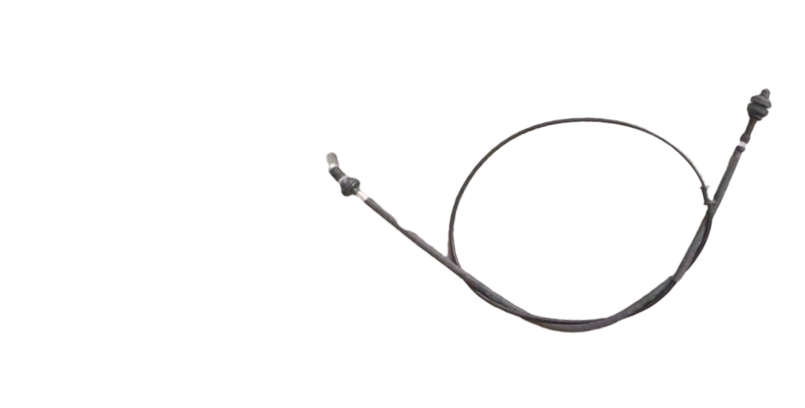derailleur gear cable
Understanding Derailleur Gear Cables Essentials for Cyclists
The world of cycling is filled with intricate components that work together to deliver an optimal riding experience. One of the key elements in this system is the derailleur gear cable. Understanding its function, maintenance, and selection can greatly enhance a cyclist's performance and riding pleasure.
What is a Derailleur Gear Cable?
At its core, a derailleur gear cable is a vital component that connects the gear shifters on the handlebars to the derailleurs located near the bike's chain. The derailleur itself is a mechanism that moves the chain between different gears on the cassette (rear) and the chainrings (front). When a cyclist shifts gears, the action pulls or releases the cable, allowing the derailleur to reposition the chain onto the desired gear. This transition is crucial for optimizing performance depending on terrain and rider preference.
Types of Derailleur Cables
There are various types of derailleur cables available on the market, each designed to suit different bike models and riding styles. Generally, they come in two main forms stainless steel and coated cables. Stainless steel cables are known for their strength and durability, while coated cables often have a smoother texture, reducing friction for seamless shifting. High-quality cables can significantly affect shifting precision, so selecting the right cable is essential for your bike's performance.
Importance of Cable Maintenance
derailleur gear cable

Like all bike components, derailleur cables require regular maintenance to ensure optimal functionality. Over time, the cables can stretch, fray, or accumulate dirt and grime, leading to poor shifting performance. Regularly inspecting cables for signs of wear and tear is crucial. If you notice that shifting is becoming inconsistent or requires extra effort, it may be an indication that the cable needs replacement.
Additionally, lubricating the cables can help reduce friction and improve shifting efficiency. Using a light lubricant specifically designed for bicycle cables is recommended, as it penetrates the housing and protects the cable from corrosion.
Installing or Replacing Derailleur Cables
For many cyclists, knowing how to install or replace derailleur cables can be a valuable skill. The process begins with removing the old cable from the shifter and derailleur. Follow this by threading the new cable through the designated guides and securing it in the shifter. It’s essential to ensure that the cable is tight to avoid slippage when shifting gears.
After the installation, checking the cable tension is crucial. Proper tension will ensure that the derailleur moves accurately between gears without hesitation. If the chain fails to shift properly, adjusting the limit screws on the derailleur may also be necessary to ensure that it aligns correctly with the chosen gear.
Conclusion
Derailleur gear cables may seem like a small component in the complex world of cycling, but their role is immeasurable. They are the bridge between the rider's intentions and the bicycle's mechanical response. Understanding how they work, maintaining them properly, and knowing how to replace them when necessary can significantly enhance your cycling experience. Whether you are a casual rider or a cycling enthusiast, keeping your derailleur cables in top condition will ensure smooth gear shifts and an overall more enjoyable ride. So, next time you're tuning up your bike, don’t overlook the importance of your derailleur gear cable—they are an essential part of your cycling success.
-
Workings of Clutch Pipe and Hose SystemsNewsJun.04,2025
-
The Inner Workings of Hand Brake Cable SystemsNewsJun.04,2025
-
The Secrets of Throttle and Accelerator CablesNewsJun.04,2025
-
The Hidden Lifeline of Your Transmission Gear Shift CablesNewsJun.04,2025
-
Demystifying Gear Cables and Shift LinkagesNewsJun.04,2025
-
Decoding Clutch Line Systems A Comprehensive GuideNewsJun.04,2025
